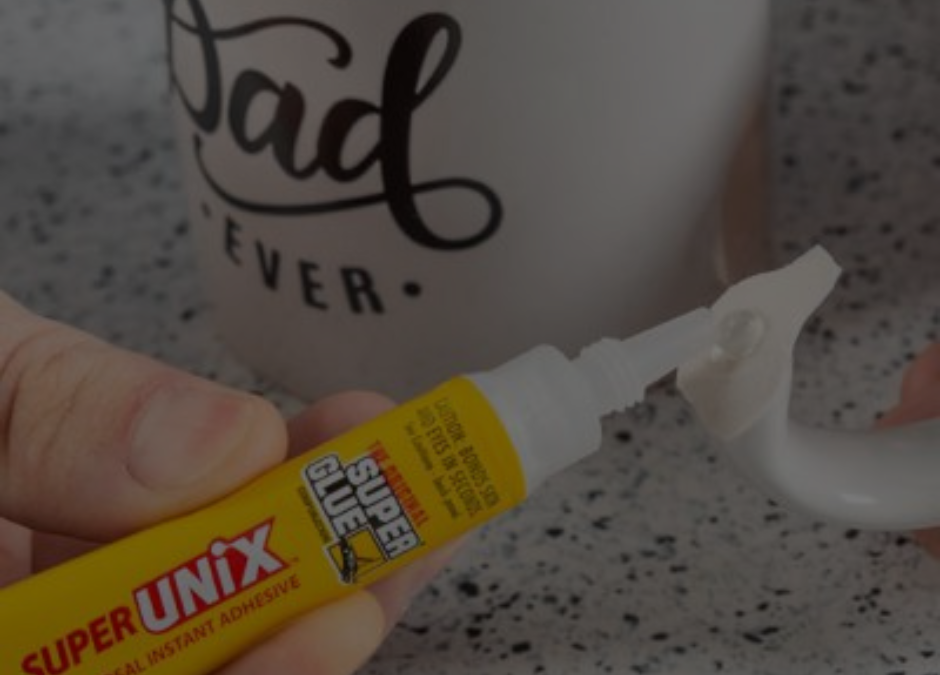Super Glue Corporation makes cyanoacrylate instant adhesives, thread lockers, sealants, and epoxies for the consumer use and the industrial applications.
Initially, the cost of outsourcing the manual filling and sealing of bullet tubes overseas was the most economical, but with shipping and logistics, lead times were not predictable. Further, with more handling, there was more potential of leakage, so the reject rate upon arrival was highly variable.
“The only way we could control all the variables was to do the packaging in-house,” explains Richard Leist, maintenance manager for Super Glue Corporation. “When volume started to ramp up, it made more sense to automate,” continued Leist.
Yet, automating the filling and sealing of instant adhesives is a multi-faceted challenge. There are subtle inconsistencies with the different-sized molded containers. The filling station must dispense accurately several different products with different viscosities. And should any product accidentally drip or leak on to machine parts-the station would fail.
All these factors, as well as safety concerns, were taken in to account by Automated Industrial Technologies. “The first concept that was presented I didn’t think would work, but after a collaborative conversation on the type of machinery we were used to, AIT modified the design, incorporating material handling technologies that I had not thought of applying,” said Leist. Vacuum sensors confirm the presence and condition of container elements. A servo indexer with a programmable controller aligns the filling heads to prevent product spills or leakage. An air blast ejection step directs the filled containers down a poly tube to a bulk box.
What really made automation financially viable is the fact that the AIT bullet tube filling machine, now in use for over 10 years, fills and seals 100 tubes per minute. The machine requires only one operator at the controls who can also visually monitor quality prior to the lot moving to the labeling station. The fill volume is consistent and yield rates are predictable, so meeting the short lead time the retail distributor channel requires is possible.
“It is not unusual for packaging machines to be retooled for 30 or more years. We’ve made modifications to the original unitized frame and have had the machine in continuous service with nothing more than standard maintenance,” describes Leist. “As long as we have a requirement for bullet tube packaging, our filling and sealing machine will be in service.”
